Jieao Zhu
Spatio-Temporal Electromagnetic Kernel Learning for Channel Prediction
Dec 23, 2024Abstract:Accurate channel prediction is essential for addressing channel aging caused by user mobility. However, the actual channel variations over time are highly complex in high-mobility scenarios, which makes it difficult for existing predictors to obtain future channels accurately. The low accuracy of channel predictors leads to difficulties in supporting reliable communication. To overcome this challenge, we propose a channel predictor based on spatio-temporal electromagnetic (EM) kernel learning (STEM-KL). Specifically, inspired by recent advancements in EM information theory (EIT), the STEM kernel function is derived. The velocity and the concentration kernel parameters are designed to reflect the time-varying propagation of the wireless signal. We obtain the parameters through kernel learning. Then, the future channels are predicted by computing their Bayesian posterior, with the STEM kernel acting as the prior. To further improve the stability and model expressibility, we propose a grid-based EM mixed kernel learning (GEM-KL) scheme. We design the mixed kernel to be a convex combination of multiple sub-kernels, where each of the sub-kernel corresponds to a grid point in the set of pre-selected parameters. This approach transforms non-convex STEM kernel learning problem into a convex grid-based problem that can be easily solved by weight optimization. Finally, simulation results verify that the proposed STEM-KL and GEM-KL schemes can achieve more accurate channel prediction. This indicates that EIT can improve the performance of wireless system efficiently.
A physics-based perspective for understanding and utilizing spatial resources of wireless channels
Oct 08, 2024



Abstract:To satisfy the increasing demands for transmission rates of wireless communications, it is necessary to use spatial resources of electromagnetic (EM) waves. In this context, EM information theory (EIT) has become a hot topic by integrating the theoretical framework of deterministic mathematics and stochastic statistics to explore the transmission mechanisms of continuous EM waves. However, the previous studies were primarily focused on frame analysis, with limited exploration of practical applications and a comprehensive understanding of its essential physical characteristics. In this paper, we present a three-dimensional (3-D) line-of-sight channel capacity formula that captures the vector EM physics and accommodates both near- and far-field scenes. Based on the rigorous mathematical equation and the physical mechanism of fast multipole expansion, a channel model is established, and the finite angular spectral bandwidth feature of scattered waves is revealed. To adapt to the feature of the channel, an optimization problem is formulated for determining the mode currents on the transmitter, aiming to obtain the optimal design of the precoder and combiner. We make comprehensive analyses to investigate the relationship among the spatial degree of freedom, noise, and transmitted power, thereby establishing a rigorous upper bound of channel capacity. A series of simulations are conducted to validate the theoretical model and numerical method. This work offers a novel perspective and methodology for understanding and leveraging EIT, and provides a theoretical foundation for the design and optimization of future wireless communications.
Error Correction Code Transformer: From Non-Unified to Unified
Oct 04, 2024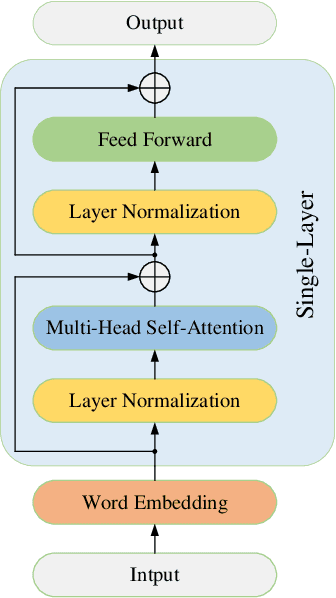

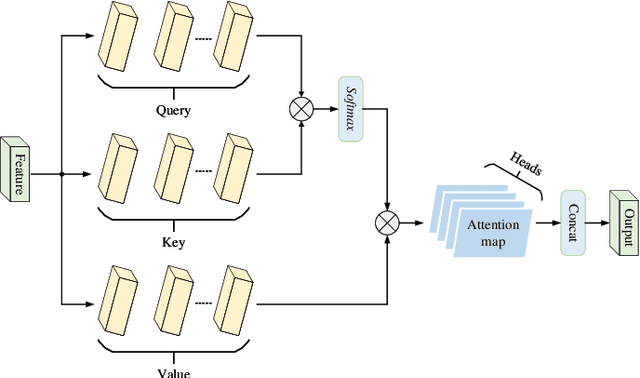

Abstract:Channel coding is vital for reliable data transmission in modern wireless systems, and its significance will increase with the emergence of sixth-generation (6G) networks, which will need to support various error correction codes. However, traditional decoders were typically designed as fixed hardware circuits tailored to specific decoding algorithms, leading to inefficiencies and limited flexibility. To address these challenges, this paper proposes a unified, code-agnostic Transformer-based decoding architecture capable of handling multiple linear block codes, including Polar, Low-Density Parity-Check (LDPC), and Bose-Chaudhuri-Hocquenghem (BCH), within a single framework. To achieve this, standardized units are employed to harmonize parameters across different code types, while the redesigned unified attention module compresses the structural information of various codewords. Additionally, a sparse mask, derived from the sparsity of the parity-check matrix, is introduced to enhance the model's ability to capture inherent constraints between information and parity-check bits, resulting in improved decoding accuracy and robustness. Extensive experimental results demonstrate that the proposed unified Transformer-based decoder not only outperforms existing methods but also provides a flexible, efficient, and high-performance solution for next-generation wireless communication systems.
MIMO Capacity Analysis and Channel Estimation for Electromagnetic Information Theory
Jun 07, 2024Abstract:Electromagnetic information theory (EIT) is an interdisciplinary subject that serves to integrate deterministic electromagnetic theory with stochastic Shannon's information theory. Existing EIT analysis operates in the continuous space domain, which is not aligned with the practical algorithms working in the discrete space domain. This mismatch leads to a significant difficulty in application of EIT methodologies to practical discrete space systems, which is called as the discrete-continuous gap in this paper. To bridge this gap, we establish the discrete-continuous correspondence with a prolate spheroidal wave function (PSWF)-based ergodic capacity analysis framework. Specifically, we state and prove some discrete-continuous correspondence lemmas to establish a firm theoretical connection between discrete information-theoretic quantities to their continuous counterparts. With these lemmas, we apply the PSWF ergodic capacity bound to advanced MIMO architectures such as continuous-aperture MIMO (CAP-MIMO) and extremely large-scale MIMO (XL-MIMO). From this PSWF capacity bound, we discover the capacity saturation phenomenon both theoretically and empirically. Although the growth of MIMO performance is fundamentally limited in this EIT-based analysis framework, we reveal new opportunities in MIMO channel estimation by exploiting the EIT knowledge about the channel. Inspired by the PSWF capacity bound, we utilize continuous PSWFs to improve the pilot design of discrete MIMO channel estimators, which is called as the PSWF channel estimator (PSWF-CE). Simulation results demonstrate improved performances of the proposed PSWF-CE, compared to traditional minimum mean squared error (MMSE) and compressed sensing-based estimators.
Holography inspired self-controlled reconfigurable intelligent surface
Mar 24, 2024Abstract:Among various promising candidate technologies for the sixth-generation (6G) wireless communications, recent advances in microwave metasurfaces have sparked a new research area of reconfigurable intelligent surfaces (RISs). By controllably reprogramming the wireless propagation channel, RISs are envisioned to achieve low-cost wireless capacity boosting, coverage extension, and enhanced energy efficiency. To reprogram the channel, each meta-atom on RIS needs an external control signal, which is usually generated by base station (BS). However, BS-controlled RISs require complicated control cables, which hamper their massive deployments. Here, we eliminate the need for BS control by proposing a self-controlled RIS (SC-RIS), which is inspired by the optical holography principle. Different from the existing BS-controlled RISs, each meta-atom of SC-RIS is integrated with an additional power detector for holographic recording. By applying the classical Fourier-transform processing to the measured hologram, SC-RIS is capable of retrieving the user's channel state information required for beamforming, thus enabling autonomous RIS beamforming without control cables. Owing to this WiFi-like plug-and-play capability without the BS control, SC-RISs are expected to enable easy and massive deployments in the future 6G systems.
Near-Field Channel Modeling for Electromagnetic Information Theory
Mar 18, 2024Abstract:Electromagnetic information theory (EIT) is one of the important topics for 6G communication due to its potential to reveal the performance limit of wireless communication systems. For EIT, the research foundation is reasonable and accurate channel modeling. Existing channel modeling works for EIT in non-line-of-sight (NLoS) scenario focus on far-field modeling, which can not accurately capture the characteristics of the channel in near-field. In this paper, we propose the near-field channel model for EIT based on electromagnetic scattering theory. We model the channel by using non-stationary Gaussian random fields and derive the analytical expression of the correlation function of the fields. Furthermore, we analyze the characteristics of the proposed channel model, e.g., the sparsity of the model in wavenumber domain. Based on the sparsity of the model, we design a channel estimation scheme for near-field scenario. Numerical analysis verifies the correctness of the proposed scheme and shows that it can outperform existing schemes like least square (LS) and orthogonal matching pursuit (OMP).
Successive Bayesian Reconstructor for FAS Channel Estimation
Feb 05, 2024Abstract:Fluid antenna systems (FASs) can reconfigure their locations freely within a spatially continuous space. To keep favorable antenna positions, the channel state information (CSI) acquisition for FASs is essential. While some techniques have been proposed, most existing FAS channel estimators require several channel assumptions, such as slow variation and angular-domain sparsity. When these assumptions are not reasonable, the model mismatch may lead to unpredictable performance loss. In this paper, we propose the successive Bayesian reconstructor (S-BAR) as a general solution to estimate FAS channels. Unlike model-based estimators, the proposed S-BAR is prior-aided, which builds the experiential kernel for CSI acquisition. Inspired by Bayesian regression, the key idea of S-BAR is to model the FAS channels as a stochastic process, whose uncertainty can be successively eliminated by kernel-based sampling and regression. In this way, the predictive mean of the regressed stochastic process can be viewed as the maximum a posterior (MAP) estimator of FAS channels. Simulation results verify that, in both model-mismatched and model-matched cases, the proposed S-BAR can achieve higher estimation accuracy than the existing schemes.
Coded Beam Training
Jan 03, 2024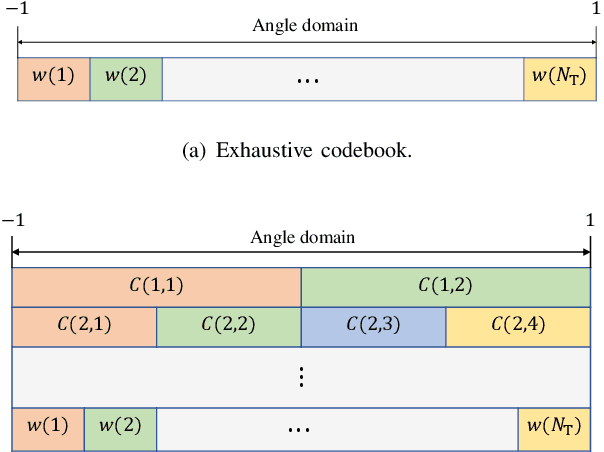
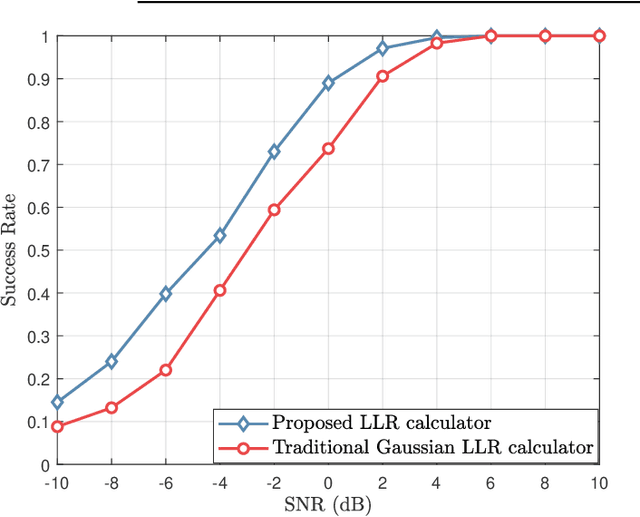
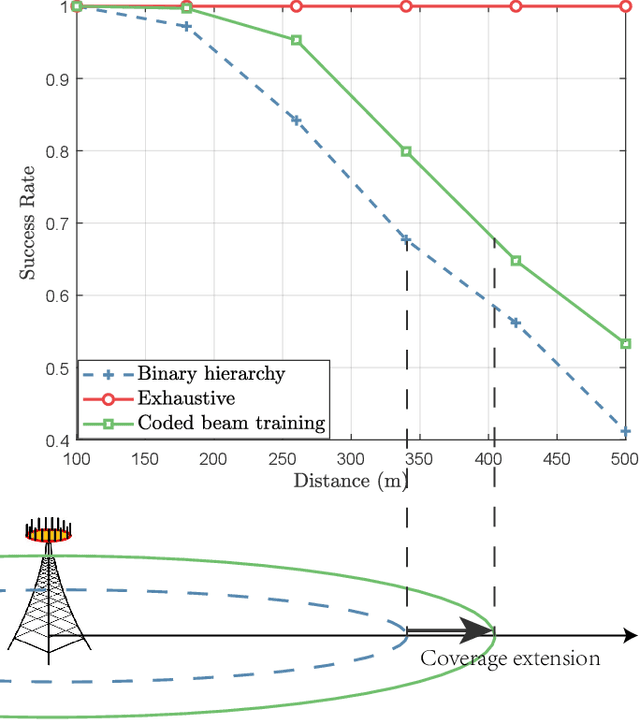

Abstract:In extremely large-scale multiple input multiple output (XL-MIMO) systems for future sixth-generation (6G) communications, codebook-based beam training stands out as a promising technology to acquire channel state information (CSI). Despite their effectiveness, when the pilot overhead is limited, existing beam training methods suffer from significant achievable rate degradation for remote users with low signal-to-noise ratio (SNR). To tackle this challenge, leverging the error-correcting capability of channel codes, we introduce channel coding theory into hierarchical beam training to extend the coverage area. Specifically, we establish the duality between hierarchical beam training and channel coding, and the proposed coded beam training scheme serves as a general framework. Then, we present two specific implementations exemplified by coded beam training methods based on Hamming codes and convolutional codes, during which the beam encoding and decoding processes are refined respectively to better accommodate to the beam training problem. Simulation results have demonstrated that, the proposed coded beam training method can enable reliable beam training performance for remote users with low SNR, while keeping training overhead low.
Successive Bayesian Reconstructor for Channel Estimation in Flexible Antenna Systems
Dec 21, 2023Abstract:Flexible antenna systems (FASs) can reconfigure their locations freely within a spatially continuous space. To keep favorable antenna positions, the channel state information (CSI) acquisition for FASs is essential. While some techniques have been proposed, most existing FAS channel estimators require several channel assumptions, such as slow variation and angular-domain sparsity. When these assumptions are not reasonable, the model mismatch may lead to unpredictable performance loss. In this paper, we propose the successive Bayesian reconstructor (S-BAR) as a general solution to estimate FAS channels. Unlike model-based estimators, the proposed S-BAR is prior-aided, which builds the experiential kernel for CSI acquisition. Inspired by Bayesian regression, the key idea of S-BAR is to model the FAS channels as a stochastic process, whose uncertainty can be successively eliminated by kernel-based sampling and regression. In this way, the predictive mean of the regressed stochastic process can be viewed as the maximum a posterior (MAP) estimator of FAS channels. Simulation results verify that, in both model-mismatched and model-matched cases, the proposed S-BAR can achieve higher estimation accuracy than the existing schemes.
Enhancing Energy Efficiency for Reconfigurable Intelligent Surfaces with Practical Power Models
Oct 24, 2023Abstract:Reconfigurable intelligent surfaces (RISs) are widely considered a promising technology for future wireless communication systems. As an important indicator of RIS-assisted communication systems in green wireless communications, energy efficiency (EE) has recently received intensive research interest as an optimization target. However, most previous works have ignored the different power consumption between ON and OFF states of the PIN diodes attached to each RIS element. This oversight results in extensive unnecessary power consumption and reduction of actual EE due to the inaccurate power model. To address this issue, in this paper, we first utilize a practical power model for a RIS-assisted multi-user multiple-input single-output (MU-MISO) communication system, which takes into account the difference in power dissipation caused by ON-OFF states of RIS's PIN diodes. Based on this model, we formulate a more accurate EE optimization problem. However, this problem is non-convex and has mixed-integer properties, which poses a challenge for optimization. To solve the problem, an effective alternating optimization (AO) algorithm framework is utilized to optimize the base station and RIS beamforming precoder separately. To obtain the essential RIS beamforming precoder, we develop two effective methods based on maximum gradient search and SDP relaxation respectively. Theoretical analysis shows the exponential complexity of the original problem has been reduced to polynomial complexity. Simulation results demonstrate that the proposed algorithm outperforms the existing ones, leading to a significant increase in EE across a diverse set of scenarios.
 Add to Chrome
Add to Chrome Add to Firefox
Add to Firefox Add to Edge
Add to Edge